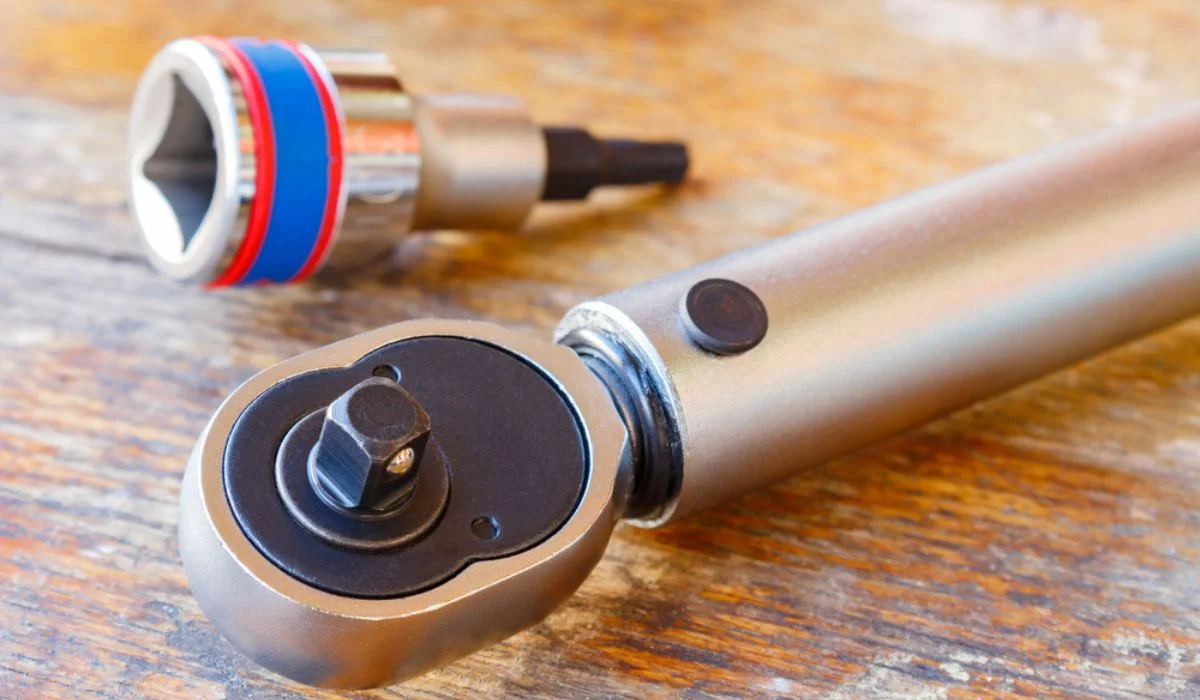
If you’ve ever had work done on your car or even picked up a wrench, then chances are good you’ve heard the word torque before. Despite the fact that it’s a mechanical buzzword, few people actually understand what torque actually is, let alone why it’s such an important force in our world.
Torque is simply that, it’s a force similar to our understanding of push and pull. Torque is the force of “twisting” an object, whether it be a lug nut on your tire or a bolt holding a frame together. In our modern world, torque is one of the forces that, in a manner of speaking, holds our universe together.
When looking at how torque works as a force (without getting into the gritty bits of the physics equation) let’s look at a wrench. The head of the wrench connects to the head of the bolt and then we apply force to the handle. The force generated by pushing or pulling on the handle of the wrench creates an equal amount of force around the bolt, i.e torque. It’s the torque force that tightens or loosens the bolt.
The length of your lever arm (in this case the handle of the wrench) directly impacts the amount of torque being applied, the longer the arm, the easier it is to generate torque. This is especially useful when you have to deal with rusted nuts and bolts. Extra leverage lowers the amount of force required while still generating torque. Understanding this helps to prevent injury which, as anyone who’s ever had a torque wrench slip will tell you, is a good thing.
With the exception of figuring out horsepower in your car, measuring torque in other areas can also be very important. While most people have taken a heavy-handed approach to practically welding nuts and bolts together with a wrench, sometimes it requires a more delicate touch.
When you’re working with sensitive components, for example, over-torqueing not only runs the risk of damaging the parts you’re attempting to assemble, but can also cause snaps and breakages, which can ruin the entire piece altogether. When you’re assembling fragile components, you need just the right amount of torque, not too tight and not too loose.
When it comes to measurements, force or otherwise, it’s important to work with a company that fully understands the physics behind it, especially when you’re working with components where being heavy-handed does more damage than good.
Understanding torque and its force can help you know its importance to your equipment. Maintaining the torque on your equipment can ensure you can produce reliable and consistent performances when you need your equipment.
Garber Metrology specializes in the understanding of the forces around us. From torque wrenches to sensors and multipliers, we use high-quality tools to carefully calibrate your torque-applying equipment to keep it functioning at its best. To determine calibration processes, our skilled technicians will measure your equipment’s torque output and compare the metrics with the equipment specifications. This process will give them an idea of what they’ll need to do to calibrate your indicating and setting torque tools.
Whether it be torque, weight, or other sensitive calibrations, Garber Metrology can help you understand exactly what force you need, without the need for a background in physics. When you partner with Garber Metrology, you can work with industry-compliant technicians with quick turnarounds. Our emergency response scale service is available 24/7, so you can always reach someone when you need assistance. You’ll have the flexibility to choose between an on-site visit or delivery, allowing you to choose a calibration option that fits your needs.
Request a quote from Garber Metrology today and discover how we can calibrate your most essential torque-applying equipment.